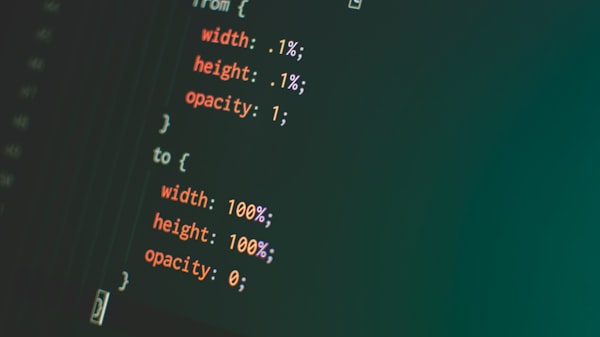- 欢迎使用千万蜘蛛池,网站外链优化,蜘蛛池引蜘蛛快速提高网站收录,收藏快捷键 CTRL + D
"如何在phpcms发布文章?一步步教你发布高质量内容"
PHPCMS is a popular open-source content management system based on PHP and MySQL. It provides users with a convenient platform to create, manage, and publish content, especially articles. In this tutorial, we will take a look at how to publish an article in PHPCMS.

Preparing for Article Publishing
Before diving into the article publishing process, there are a few things that need to be set up first.
Step 1: Install PHPCMS
To get started, visit the official PHPCMS website and download the latest version of the software. Follow the installation instructions provided to complete the installation process.
Step 2: Log in to the System
Once PHPCMS is installed on your website, you can use a web browser to visit your site and log in to the system using your administrator account and password.
Publishing an Article in PHPCMS
Follow the steps outlined below to publish an article on PHPCMS:
Step 1: Access the Article Management Interface
After logging into the backend, you will see a dashboard or main menu. Look for the "Article Management" or "Content Management" option and click on it to access the article management interface.
Step 2: Select an Article Category
On the article management interface, you will usually need to first select a category. For example, if your website has different types of articles like "News," "Blogs," or "Tutorials," you need to choose the corresponding category.
Step 3: Create a New Article
After selecting a category, click on the "New Article" or "Add Content" button, which will take you to the article creation page.
Step 4: Edit the Article Content
On the article creation page, you can input the title, text, abstract, and other information for your article. Make sure to fill out all the required fields.
The following fields need to be appropriately filled:
- Title: Use an attention-grabbing and accurate title that describes the content of your article.
- Text: Type the main text content of your article in this field. You can use a rich text editor to format text, insert images, and videos, etc.
- Abstract: If necessary, input a concise summary about the article that will be displayed in the article list or search results.
- Keywords: Input some keywords related to your article that will assist with SEO optimization.
- Publish Time: Set the date and time when the article will be published.
Step 5: Set the Article Properties
On the article creation page, you can also set other properties such as whether to pin the article to the top, enable/disable comment functionality, the article author, and so on.
Step 6: Preview the Article
Before publishing, it's a good idea to preview your article and check whether the formatting and content are correct. Most editors will provide a "Preview" button
Step 7: Save or Publish the Article
After completing the editing, you can choose to "Save as Draft" or "Publish" the article.
Step 8: Check the Front-end Display
After publishing, it's recommended to visit your website's front-end and confirm that the article is displaying correctly, and the links are functional.
Common Issues and Solutions
Here are some common issues that may occur while publishing an article:
Issue 1: Unable to Save or Publish article
If you are unable to save or publish your article, check the fields that are mandatory to fill and ensure your internet connection is stable.
Issue 2: Formatting Problems
If there are formatting problems while editing, check whether the rich-text editor is working correctly or refreshing the cache or using another browser.
Issue 3: SEO Optimization
Ensure that appropriate keywords are used, article titles and descriptions are optimized per SEO standards.
By following the steps outlined above, you should be able to publish articles effortlessly on PHPCMS. However, it is important to maintain the website regularly and keep updating fresh content to keep your readers engaged. We hope this tutorial is helpful to you. Please share your thoughts and feedback in the comments section below, and don't forget to follow, like, or share with your friends if you find it useful. Thank you for reading.
相关文章推荐
- 无相关信息
SEO优化最新文章
- "如何使用HTML获取浏览器标题?掌握这些技巧,让你更好地管理网页信息"
- “发现Linux系统配置问题?这些命令可以帮你解决!”
- 1. 麒麟系统是什么?一篇全面解析 2. 如何轻松安装和配置麒麟系统的应用程序?一份详细指南
- "如何使用HTML获取浏览器标题?掌握这些技巧,让你更好地管理网页信息"
- 1. 手游直播服务器如何选择?快速上手指南 2. 选择手游直播服务器的5个关键因素,不容错过
- 1. "如何修改织梦DedeCMS广告模块?解决前台未更新的疑问" 2. "织梦DedeCMS广告模块未更新?快速解决前台显示问题"
- 如何利用自媒体快速开始赚钱:6个实用技巧
- 1. "如何在RESX文件中使用HTML?掌握span标签的实用技巧" 2. "RESX文件中如何运用span标签?HTML技巧解析"
- HTML中的图标网格:使用Unicode字符实现的小图标集合,通常用于图标引导,大部分都基于Webdings和Wingdings字体。但是,实际上,HTML中还可以使用一些特殊的Unicode等效字符
- 什么是arg函数?如何在Python中使用arg函数?





)
)

)

)
)
)
)